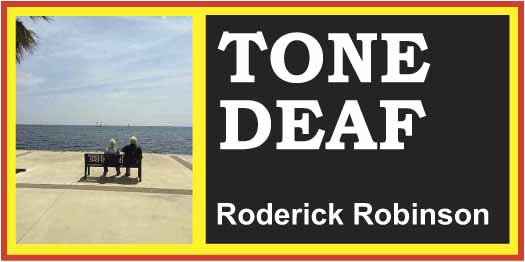 |
| Terrace houses for the rich, overlooking the Rhine |
 |
| Eco needn't mean boxy; here's BMW's i8 hybrid (£112k) OS and VR staying warm |
Nominally to see the Christmas markets but actually to re-experience Germany and to chat to Germans. Driven by a desperate conviction that, post-Brexit, things will never be quite the same again.
Two steps behind, I "stalked" VR and daughter, Occasional Speeder, trying for shots that set them against festive backgrounds. Mostly I failed. Two evenings we staggered out of bierkeller restaurants (Zum Schlüssel and Brauerei Schumacher), our bellies distended with inordinate kilograms of meat. At Schumacher one’s empty beerglass is immediately replaced with a full one, over and over, without comment. On the last night we went Lebanese and the quantities were even greater.
Two things stood out. An organ recital in the Johanniskirche which has virtually perfect acoustics, possibly because of its short length/loftiness ratio. Plus a magnificent, sharply defined organ (a Beckerath to the cognoscenti).
And then the city itself. Düsseldorf is a wealthy city enormously endowed with art galleries, symphony halls and museums (none of which we visited). But it isn’t in-yer-face wealth. Those with dough overlook a park separating them from the mighty Rhine, and live in terrace (US: row) houses! Literally wall-to-wall millionaires! Terraces, yes, but all with different frontages: stylish and beautiful (see the main pic). VR, normally a scourge of over-loaded moneybags, was charmed.
 |
| Some of the stuff is irresistible; especially the potato pancakes |


Ach. wie schön! It has been decades since I've been to the Frankfurt market, where they have Quetsche'männche. Ja, the mustard is definitely in Düsseldorf.
ReplyDeleteSo you discovered the Gründerzeit architecture, Germany's first mass housing revolution for the well to do.
ReplyDeleteIt is of course magnificent in Berlin, esp. Kreuzberg with 6- and 8-storey buildings complete with Hinterhof etc. The Rhineland cities that survived the massive bomb raids - and unfortunately Düsseldorf was pretty much completely gone - have put a lot of effort into the upkeep of these living quarters. We usually call them the Südstadt, Köln has a lovely one, while Bonn has the best and largest. We have two types, the city terraces and the suburb villa, the latter with a bit more variation and gardens.
I grew up in a more rustic medieval part of Germany and this city housing style just charmed me utterly
Of course, I couldn't afford renting, let alone buying one (and having to adhere to all the new environmental building regulations).
RW (zS): I take it mustard is a synonym for ackers and/or spondulicks.
ReplyDeleteSabine: I'm surprised this form of architecture can be collected under a single adjective, it's so varied. As I pointed out, the most remarkable aspect was that these houses should be virtually contiguous. The well-to-do usually require space to do their talking for them. But then I reflected, Eaton Square is one of the most expensive places to live in London, yet the houses there are terraced if self-obviously magnificent. They are however identical unlike the Dusseldorf row. My mind boggles when trying to imagine the planning phase in Dusseldorf. Surely you would need your neighbour's agreement about what design you had in mind. And who chose first?
The way these terraces were built originally was that the prospective buyers were provided with a shell, a simple two or three storey box shape, all identical along the row regarding rooms and sizes and staircase etc. They then could add decorative elements to the front whatever they (or their wives) fancied in terms of stucco, balcony, window ledges, colour schemes etc. Money was the limit. The competition to outdo the neighbours must have been fierce.
ReplyDeleteSabine: It's almost more than decoration, isn't it? Some houses seem to belong to different genres. As the tour bus edged its way past I noticed possibly the most recent "must have" modification: an excavation to accommodate an underground garage. We should be complaining at this conspicuous consumption but it's so well done.
ReplyDeleteEi jei jei ... I guess I'll have to fess up ... I grew up in 42 Gartenstrasse, Frankfurt-Sachsenhausen ... google it! Sandstone. Beautiful. My grandpapa's terrace was the only one standing in the area after 1944 ... bombed out to the left, to the right ... I love Sabine's description of the shell. My grandparents moved in after their wedding in 1935. I have a memory of the etched art noveau window in the front door. Somewhere, I have a photo ...
ReplyDelete